Ultimate Guide To One Pot Meals
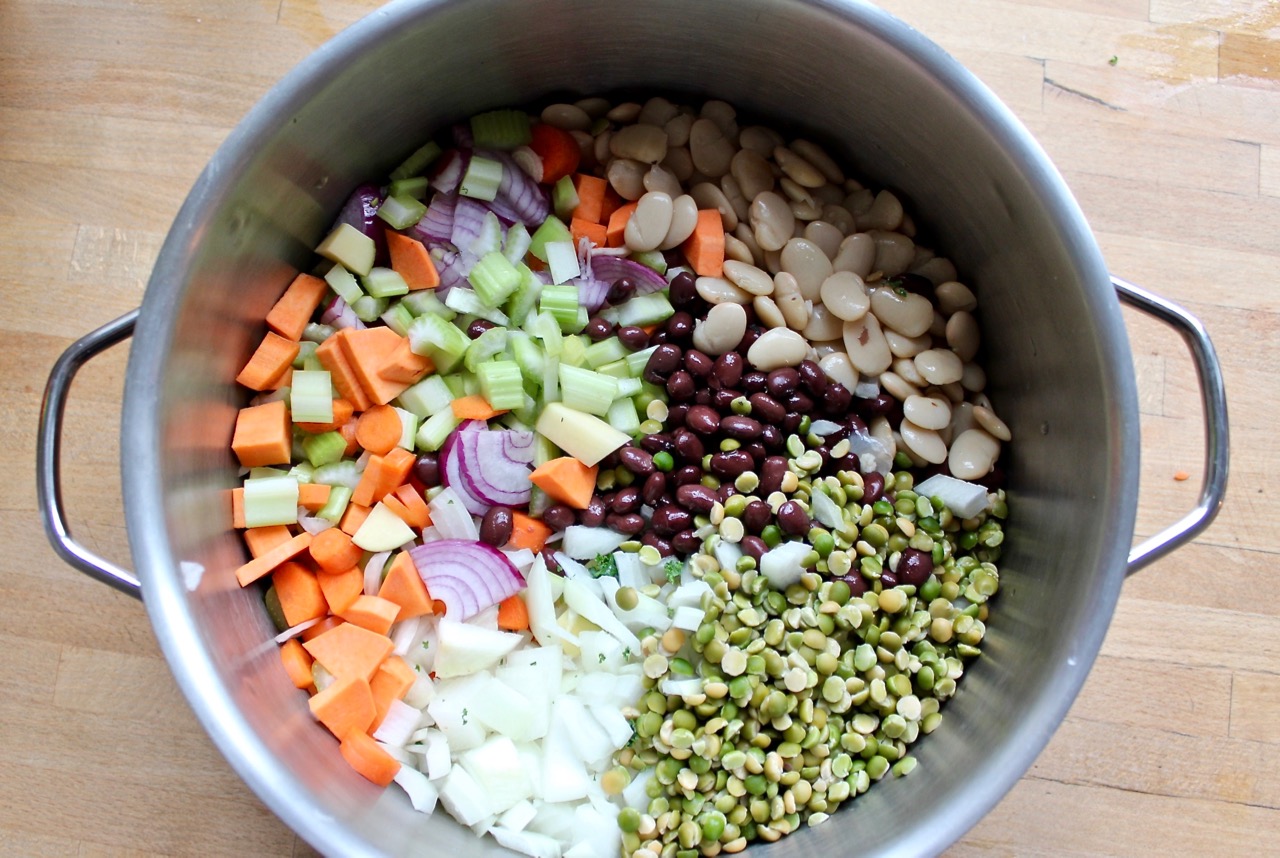
It seems to be my current theme these days to make dinner simple. Winter is rarely the time for mighty culinary inspirations when I am desperate to breakaway from the sweet potatoes and squashes. And so in addition to my current obsession with freezer meals and batch prepping and freezing, next in line on a cold winter night is the ultimate one pot meal. Slice, dice, set it and forget it – you know what I’m saying?
No matter the season, one pot meals are always an easy and delicious way to get dinner on the table. One potters are my favourite meals because they’re comforting, simple, no-fuss, and a great reason to use up any lingering produce in the fridge.
One pot meals are flexible and forgiving, so there aren’t a lot of strict culinary rules to follow. However, I do have a few key guidelines that I use to ensure I don’t end up with a gloppy mess in the pot that more closely resembles doggy diarrhea than my dinner of choice. Here are some of the things to keep in mind when making healthy one pot meals.
The Ultimate Guide To One Pot Meals
1. Select a Quality Source of Protein
Protein is an essential meal component that keeps us satiated for longer and provides us with the amino acids we need for healing and repair. One of the reasons we get hungry after meals is that we haven’t given our body what it needs. A bowl of gluten-free pasta and tomato sauce is not a meal. That’s a carb-fest and will leave you snacking!
You can make a vegan one pot meal with organic tempeh, tofu, beans and legumes, or go Paleo with grass fed meat, poultry or fish.
Bean Cooking Tip
If you are using dried beans, soak them first so they will cook faster and remember you will need to add more liquid to the pot, as they absorb liquid as they cook. For every cup of beans, add an extra cup of water.
2. Load Up Your Pot With Veggies
The best one pot meals are loaded with veggie goodness. I don’t have to remind you of this, right? The UnDiet Life is a plantiful one where the bulk of what we eat are fresh, unprocessed, non-starchy veggies. Fresh vegetables offer us the super keys that run our bodies optimally. I like to use a mix of hearty and lighter vegetables, which I’ll get to in a moment.
3. Layer or Stagger Your Veggies as Needed
Some vegetables take longer to cook than others, and you don’t want to end up with a pile of mush at the end. I like to layer my vegetables, with the ones that take longer to cook on the bottom like sweet potatoes, squash, parsnips, beets, carrots, celery root, turnips, etc – basically the winter + root vegetable family. Then I’ll put the lighter vegetables on top that don’t need as much cooking time and will get mushy if cooked too long.
Another option is to stagger the cooking and add the heartier vegetables into the pot first, then toss in the lighter ones 15 minutes later.
4. Add a Gluten-Free Grain (or not, if you’re grain-free)
Gluten-free grains add an additional source of fibre, which is great for our digestive tract, blood sugar management and cardiovascular health. They are also packed with B vitamins to boost our energy levels and reduce stress.
Some grains take much longer to cook than others, so for a one pot meal I recommend choosing a quick cooking grain like quinoa, millet or buckwheat. Remember that you’ll also need to add an additional cup of water for every cup of grain you use.
And if you’re not doing grains, a cauliflower rice makes an awesome addition to add a little heartyness to the meal.
5. Use A Big Pot!
This is an important one! Especially for people like me who are super torrents in the kitchen. There’s nothing worse than having an overflow situation or needing to switch pots as you add more ingredients. Use a big pot right from the start so you’ll have lots of room for whatever you need and won’t have to do any extra dishes.
Setting out a big pot is also helpful as you’ll likely make more that you can have for lunches the next day, or freeze for later.
6. Skip the Veggie Broths and Stocks
Sidestep the stocks and broths and pour water into the pot instead. For one, this is one less ingredient you need to have on hand. And unless you’re a pro and having homemade broth or stock on hand, 99% of the store bought ones are mostly salt and water. Or worse, check the ingredients and you may find monosodium glutamate or yeast extract (alternate names for the same thing), both of which are neurotoxic.
All of the veggies simmering away will create their own flavourful broth so make it easier on yourself and just use water and sea salt.
7. Pick a Flavour Profile
Just because you’re putting everything into one pot it doesn’t mean that you can just throw all herbs and spices in your cupboard in there willy nilly. Pick a flavour profile for your one pot meal, whether you’d like to go for curry seasonings, Italian spices or Greek-inspired flavours.
My One Pot Flavouring Technique
Truth be told, one of my favourite ways to dress a one-pot meal is by keeping it super simple. I love the taste of vegetables slow cooked together so aside from adding some sea salt during cooking, I tend to leave things pretty plain. At the end, just before serving, I may add one or a few of the following:
- Cold pressed olive oil or DHA Flax Oil
- Chili salt (for some spice)
- A drizzle of tamari
- A spoonful of kimchi
- A squeeze of lemon or lime
- A dash of hot sauce
8. Load Up on Greens at the End
Dark leafy greens are delicate and they lose their nutrients the longer they’re cooked – they also tend to get mighty bitter and soggy. I love adding a heaping serving of greens to my one pot meals, but I always add them after I turn off the heat and then stir until the greens are just wilted.
This allows you to maintain the nutritional value, plus you’ll still keep the bright green colour. Grayish stringy greens are what I call barftastic.
9. Garnish with Herbs and Condiments
Add some freshness to your meal with a scattering of your favourite herbs and homemade condiments. I love piling on the herbs, and serving my one pot meals with a spoonful of something fermented like sauerkraut or kimchi. But you can use whatever herbs and condiments you love!
10. Finish with A Heathy Dollop of Fat
A good source of fat helps us maintain hormone health, nourish the nervous system, support the brain and joints, and stabilize blood sugar. I like to drizzle my one pot meals with flax oil or chia oil at the end, as these fats are sensitive to heat. You can also use olive oil, coconut oil or ghee if you’d like.
One Pot Meals To Try
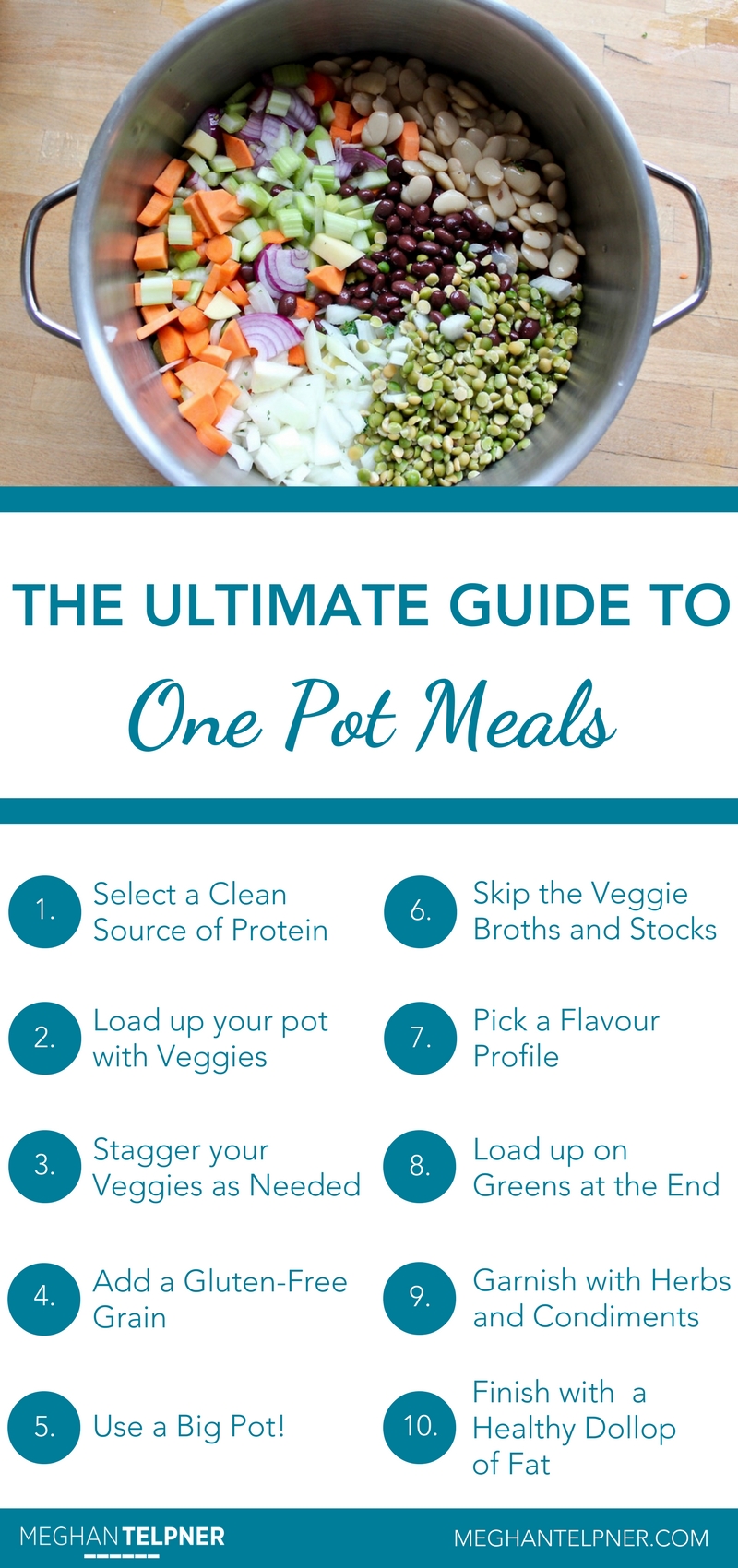
Free Resource Library
Enjoy more than 40 downloadable guides, recipes, and resources.















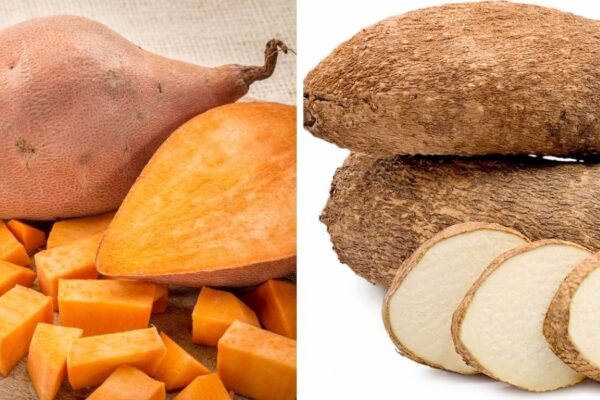
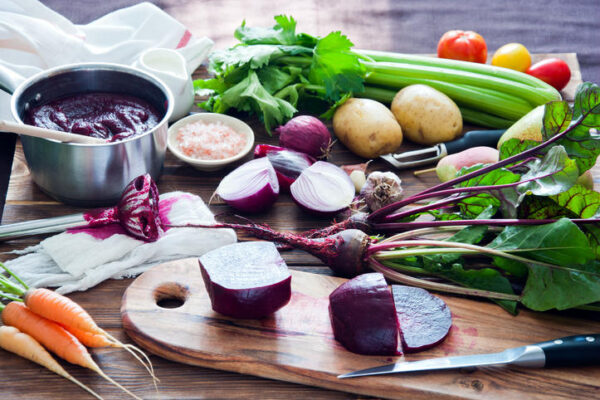
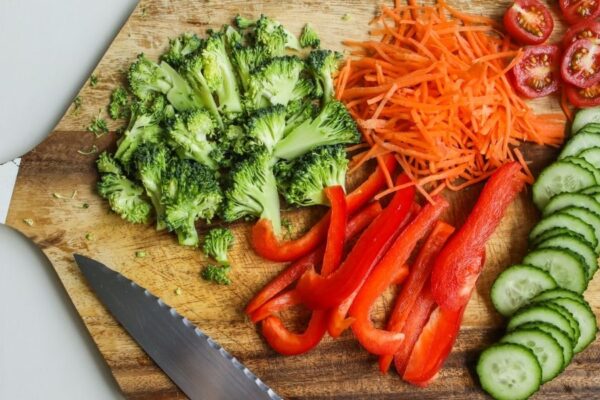
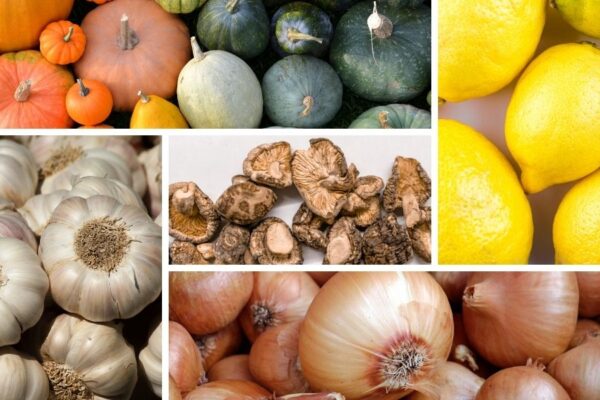
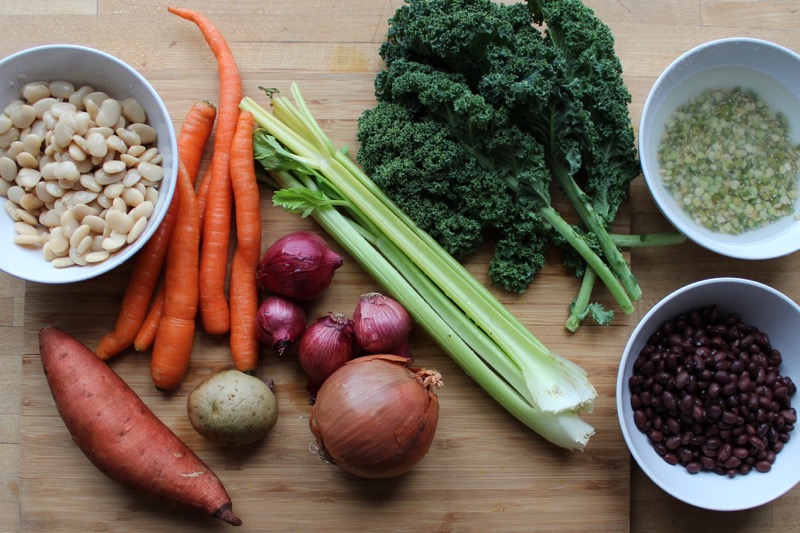
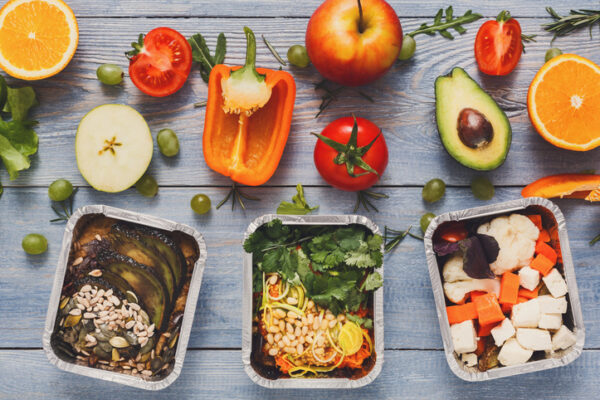
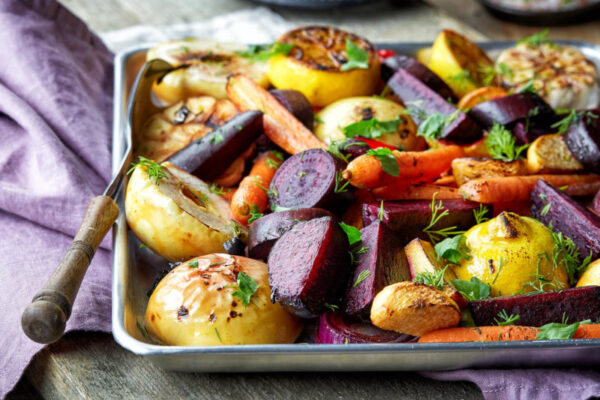
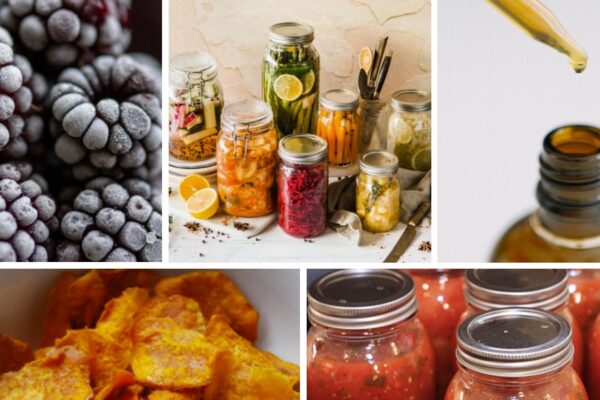
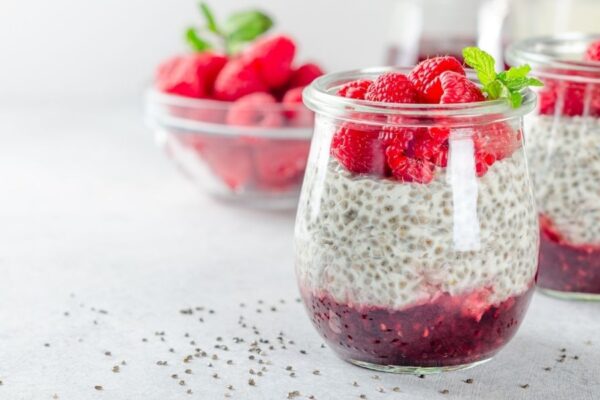
I struggled with my weight for a long time. All the mixed messages from the diet industry made me think that when I was hungry I was losing weight! I had no idea how our bodies work. It wasn’t until I started listening to my body that I lost weight. I love that you’ve reminded us: “One of the reasons we get hungry after meals is that we haven’t given our body what it needs. ” – MT Thanks!
Hi Meghan – your suggestion about leafy green vegetables wilted at the end is great as they keep their nutrients. I have severe osteoporosis and am being told that I should not take leafy green vegetables unless they have been boiled, which I assume will get rid of a lot of their nutrients as well as the dreaded oxalates!
Yum! I can’t wait to try these! I really love curry.